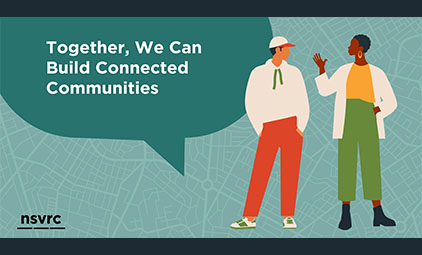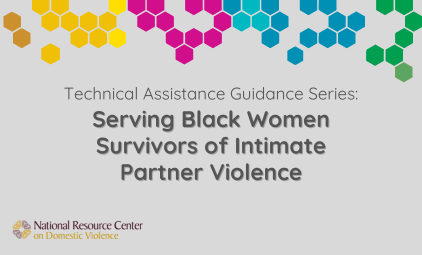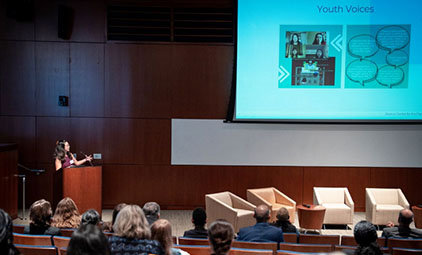This publication contains stories of children affected by commercial sex trafficking, including how they became involved in the sex trade, how they feel about their lives, what they need, what they fear and hope for.
Its sections include articles and other writings on:
- "Tales of betrayal, cruelty and greed", an overview of the issues by Carol Bellamy, UNICEF Executive Director
- President Gloria Macapagal Arroyo of the Philippines's state campaign against the sexual exploitation of children
- "Bought and sold 12 times" about one priest's efforts to help young women trafficked to Italy from Nigeria
- U.S. and international "Legislative Responses" to trafficking, by Pamela Shifman and Ken Franzblau of Equality Now
- "Albania's trafficked children: Begging for a better life," describing how over 3,000 Albanian children, often age 4-7, have been trafficked to Greece and Italy to work as street beggars.
- How a Cambodian village network fights back by setting up a 52 village Community-based Child Protection network (CBCPN)
- "SOLWODI: Giving girls a second chance (Kenya)" describing a nongovernmental organization started to give women and young girls involved in prostitution, alternative life options by providing home visits, counseling and health education.
- "Dominican Republic: First but necessary steps" describes new laws enacted to better secure women's and children's rights by enacting specific provisions against child abuse, trafficking, sexual assaults, family violence, and more. Judicial training and national campaigns are also described.
Each of these writings provides illustrations of multiple issues and the social change and victim service steps that various communities and systems are taking to respond to the sexual exploitation of children. For example, the "Albania's Trafficked Children" article portrays how "nearly every adult has betrayed" these kids -- adult traffickers 'own', beat, abuse, and prostitute them; legal authorities treat them as criminals instead of victims; their families sometimes knowingly send them to be trafficked in exchange for income. It highlights one Albania project's (Ndihme per Femjet) efforts to reintegrate such street children into school systems, offering support, individual plans, and counseling to the child and family. Also covered is the poverty-trafficking nexus. Two citations included describe that: about 30,000 Albanians, mostly teenaged girls, work abroad as prostitutes; and, that a majority of foreign prostitutes murdered in Italy in 2000, were Albanian and Nigerian women killed by their pimps. (p.23)
This report also includes several Issue Boxes that highlight: "The exploiters"; "Commercial sexual exploitation: Facts and figures"; "What about boys?"; "Partnerships: A unified response"; "Early marriage: A harmful tradition"; "Fuelling the supply"; "Debunking the myths"; "Reaching the community in Cambodia" "Impact of armed conflict on the sexual exploitation of children"; "Sexual abuse: A shameful secret"; "CyberTipline targets child sexual exploitation"; "Breaking the cycle"; and "Signs of progress".
For example, "What about boys?" provides examples of the scope of prostitution and child pornography of boys in various countries around the world. It highlights the recruitment of boys to both fight and sexually service soldiers, and, a U.S study describing which boys at highest risk for sexual abuse, common perpetrator traits, assault types, barriers to boys in accessing safety and services, and some of the potential consequences to males of being sexually abused.
UNICEF, the report's authoring organization and publisher, was created by the United Nations General Assembly in 1946 to help children after World War II in Europe. In 1953, UNICEF became a permanent part of the United Nations system, its task being to help children living in poverty in developing countries. Its name was shortened to the United Nations Children's Fund, but it still uses the acronym "UNICEF".
Comments to consider when using this publication:
Several sections (p.11, 18, 20) highlight the sexual and economic exploitation of boys. The one pager, "What about boys?" provides generally good examples of the scope and some issues sexually exploited boys face. However, it chooses to close with a comment about the potential "circular transformation of the child victim into an adult perpetrator."(p.11) If using this one page piece, one may want to underscore that becoming a perpetrator is a choice; there are many adult male victims of childhood sexual abuse who also make the choice to never abuse someone precisely because they experienced such abuse as a child.
- Several sections refer to root causes behind the sexual exploitation of children. For example, one article notes that foreign girls are doubly enslaved, often being treated more brutally and given fewer rights because of biases based on their race or ethnicity (p.10). At another point, the report posits "the primary root causes of sex trafficking - [as] the demand...for children and young women to sexually exploit... and the grinding poverty...." (p.16). When using this piece, one may want to speak to the oppressive systems of entitlement and priveledge that perpetuate both the "demand" and the poverty -- patriarchy, sexism, misogyny, adultism, racism, certain capitalist practices that perpetuate poverty, etc.
- A common theme portrayed in this report is the sense of entitlement and ownership that some adults have about children. In contrast, in several places, the report posits that sexual abuse is perpetrated because of "stress, convenience, or curiosity." (p.6, p.21) When using this piece, one may want to underscore that acting on attractions to children is a choice, one must make a conscious decision to violate a child's human rights. One might also speak to the harm that adultism perpetuates.
- The report makes many comments about how economic factors and poverty impact the likelihood that a child will be sexually exploited. It discusses how poverty can make families feel they have limited options, for example, adult parents might "with full knowledge" sell one child to sexual slavery to get money to feed the other children, (p.21). It describes how some traffickers, or procurement agents, deceive poor families by pretending to offer safe opportunities, for example, by claiming the child will be brought to another community and given a "better" job and home, when in reality the trafficker instead sexually enslaves the child (p. 17). When using this piece, one may want to distinguish between when a family is making difficult or poor decisions based upon limited options, versus, when a family makes conscious choices to traffic kids for material gain.(p.21).













